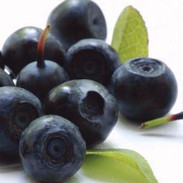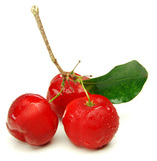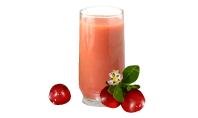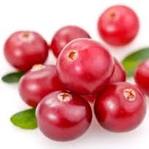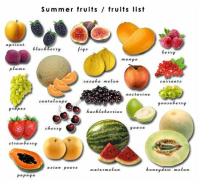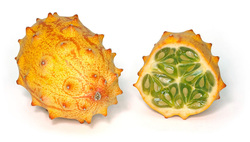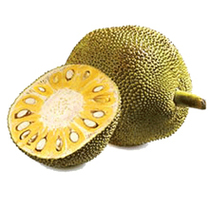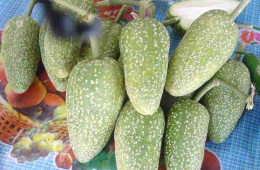
In Ayurveda medicine, bark is used for urinary complaints such as kidney, bladder stone, fever and to relieve vomiting. For bruises, fresh leaves are ground with a little vinegar or lime water/hot water and applied to the skin as paste for 10 to 20 minutes. Leaves can be also applied to soles of feet to relive swelling and burning sensation.
